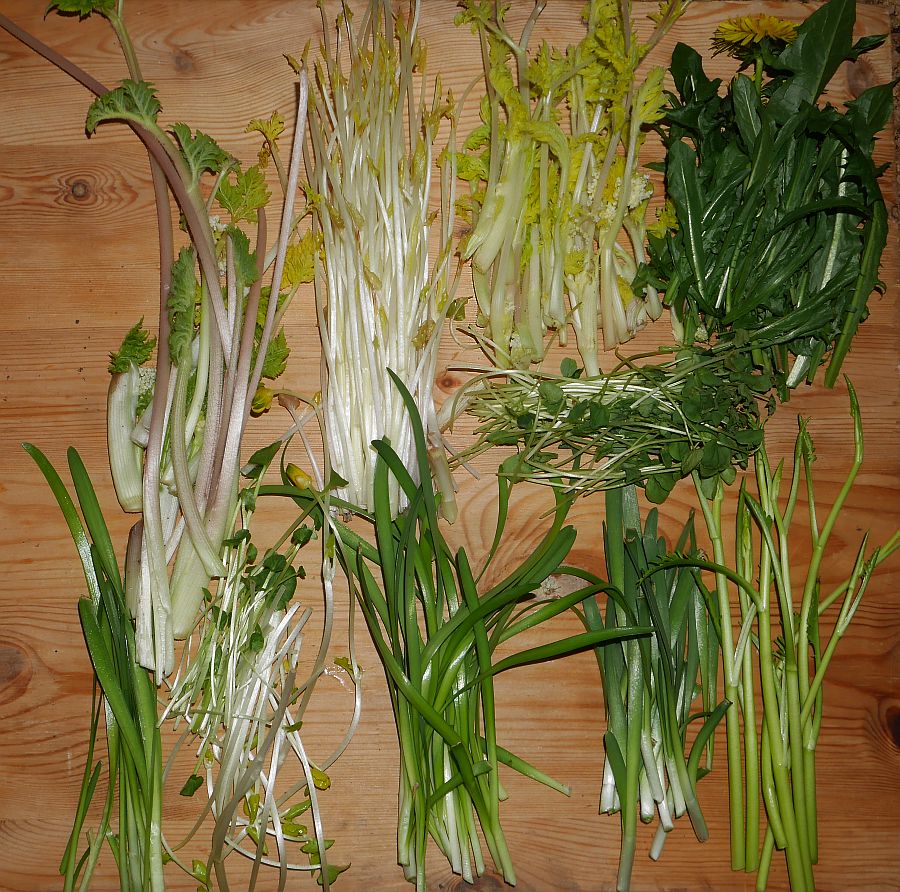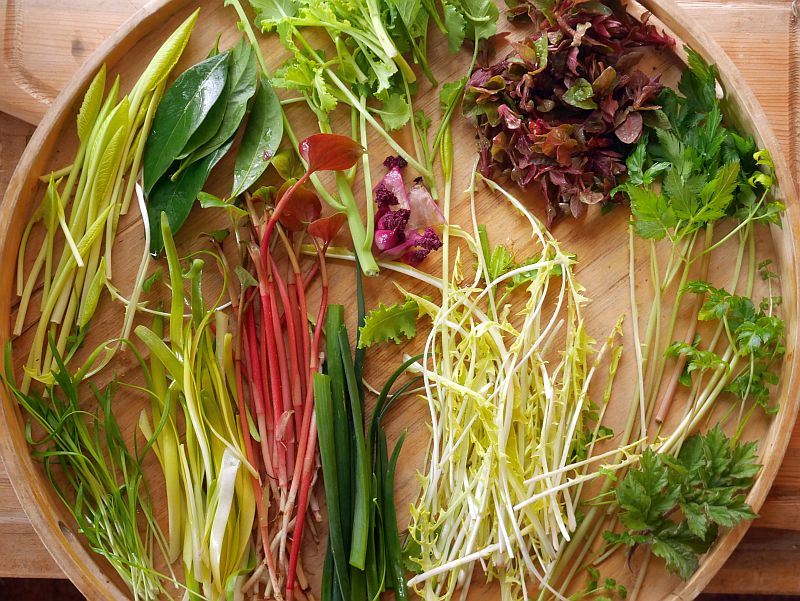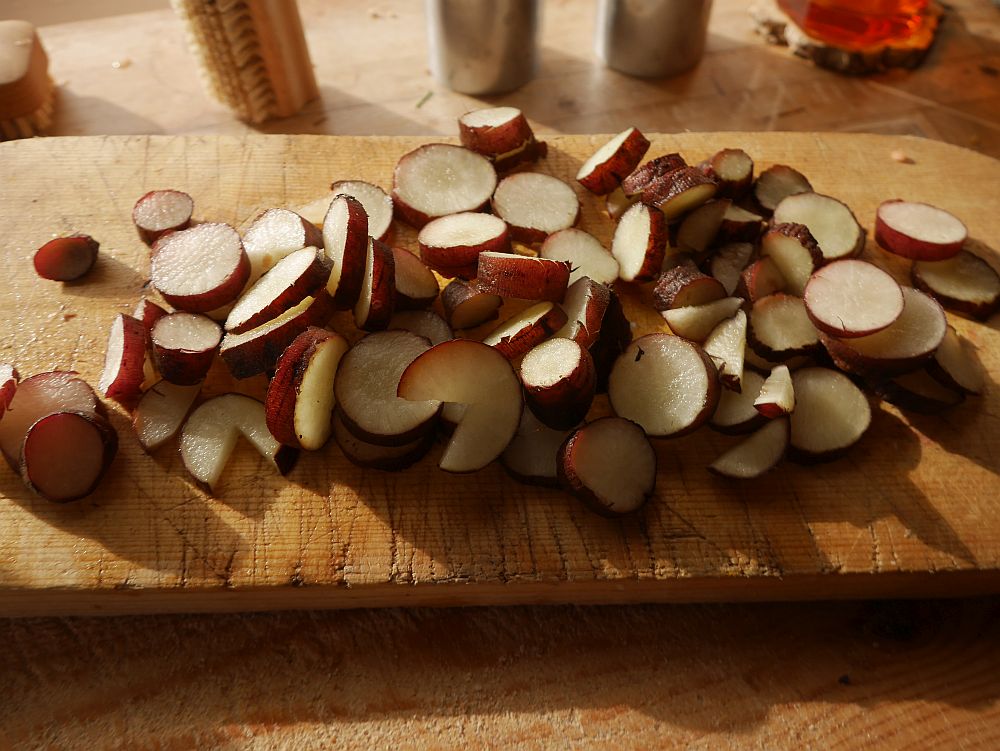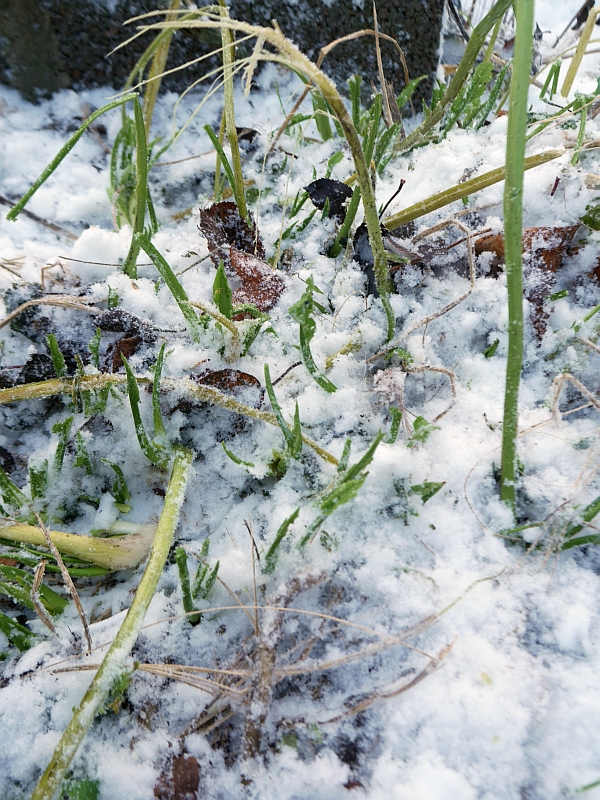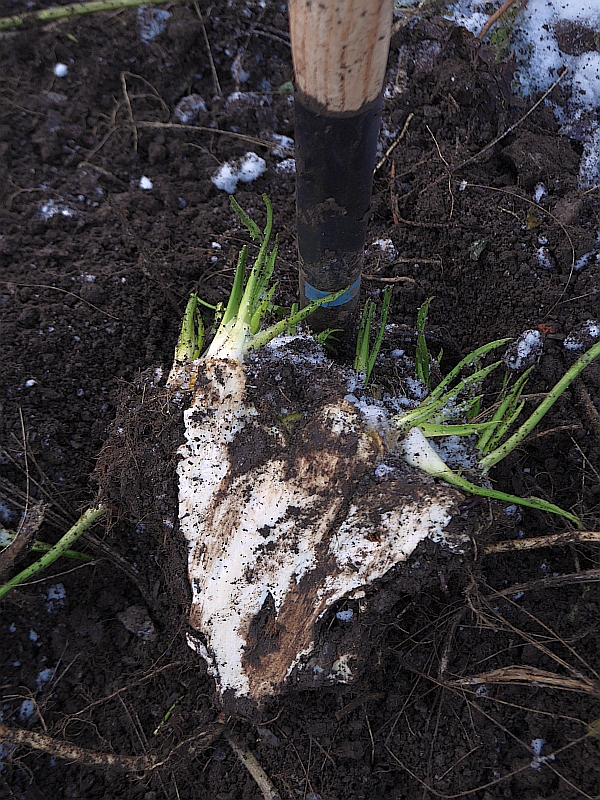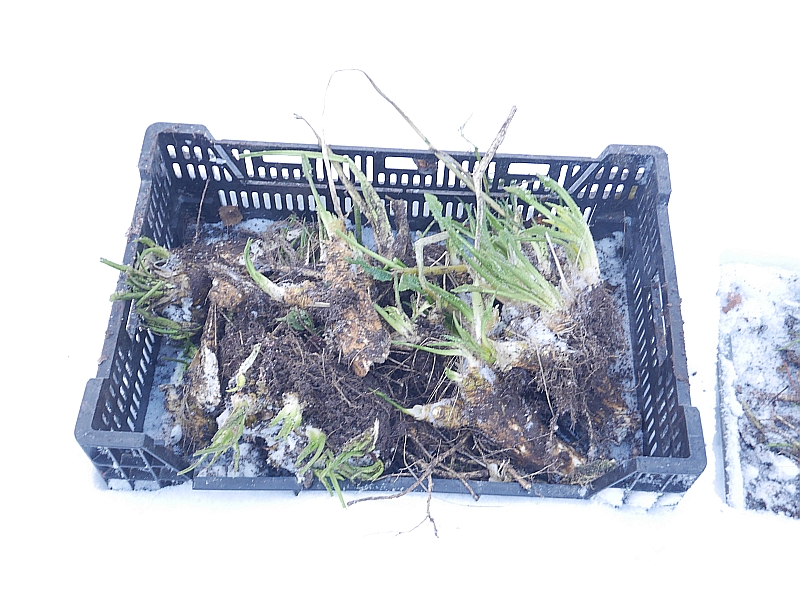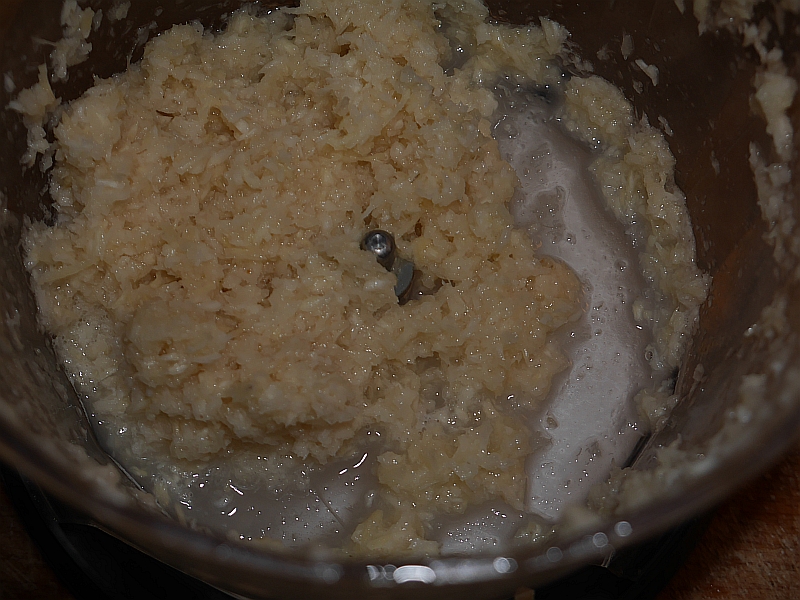I 2021 publiserte Norsk Hagetidend en serie artikler jeg hadde skrevet om 10 av mine favoritt flerårige grønnsaker til Norsk Hagetidend. Alle artiklene kan nå bli lastet ned ved å klikke på lenkene nedenfor!
English: In 2021, I wrote a series of two page articles about my favourite perennial vegetables for Norsk Hagetidend (the magazine of the Norwegian Horticultural Society) in Norwegian. The complete series can be found below.
The plants are (scroll down to all the articles):
February 2021 Caucasian spinach / stjernemelde (Hablitzia tamnoides)
March 2021 Horseradish / pepperrot (Armoracia rusticana)
April 2021 Sea kale / strandkål (Crambe maritima)
May 2021 Nodding onion / prærieløk (Allium cernuum)
June 2021 Udo (Aralia cordata)
July 2021 St, Jansuien / sankthansløk (Allium x cornutum)
August 2021 Cherokee spinach / gjerdesolhatt (Rudbeckia laciniata)
September 2021 Hosta / bladlilje (Hosta spp.)
October 2021 Patience dock / hagesyre (Rumex patientia)
November 2021 Persian shallot / persisk sjalott (Allium stipitatum)

